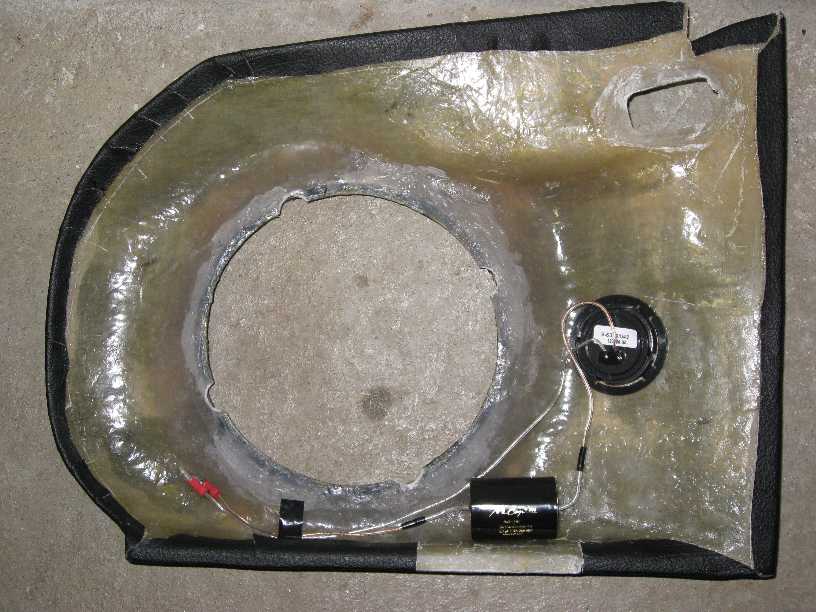quote:
Originally posted by kemal shah
Thank you,Thomas
I would love to learn more on this.
kemal
280SL
manual LHD 69
Ok, here is more information, as promised.
I had two objectives:
1. I wanted to get decent sound, and
2. The installation should be “minimally invasive”, so that changes can be undone.
The only solution I could find was the Hub-car system . After some discussion with Christian Haag at Hub-car, I decided to buy the “Sound Konzept Eco”, which is their middle of the line system.
Here is an important piece of information, which I only learned after I opened the box: To install the Hub-car system, you normally have to cut big holes into the sheet metal for the 165 mm front speakers in the footwell. I didn’t want to do that, because my car is very original, and it didn’t feel right. I was almost ready to send the system back, when Christian Haag told me that he had found and tested flat speakers that don’t require any cutting of metal. These speakers are the CW171 from the Italian brand Ciare:
http://www.ciare.com/pdf/catalogo/CW171.pdfThese are amazing speakers. The mounting depth is only 38 mm, so they fit exactly into the Hub-car footwell housing, which you can see on the previous pictures. They achieve the small mounting depth by using strong phase-opposed neodymium magnets. The sound may not be as good as from much deeper speakers, but in my opinion it still is quite fantastic.
Hub-car works with a few shops in Germany that do the installation of their system, but none in the US. I therefore installed the front speaker system myself. This was quite doable even though I am not at all experienced with such things. Actually, it was fun. However, Hub-car doesn’t provide any detailed instructions for the installation, so you have to figure out many things yourself. That said, Christian Haag has always answered questions very quickly.
The housing is made of GFK fiberglass and you have to cut out the openings for the tweeter and the lever for the hood (on the left side). This was easy to do. However, keep in mind that you should wear a mask when you work with fiberglass because the dust isn’t god for you lungs. I had to grind down the material a little here and there, to make it fit perfectly. I also had to bend (very slightly) the steel plate on which the speakers are mounted. To mount the steel plate with the speaker on it in the footwell, I had to drill 4 little screw holes into the sheet metal. This is the only “permanent” modification I had to make. I put weatherproofing material under the steel plate to further reduce/avoid vibration. The figure below shows the housing with cut-outs and the tin foil capacitor, which is the high pass filter for the tweeter.
I was a little concerned that the speaker housing would take away too much space in the footwell. The housing is about 4.5 cm (almost 2 inches) thick. This is noticeable but it doesn’t bother me, even though my car has a stick shift. It should never be a problem in Pagodas with automatic transmission.
After I installed the front speaker I ran out of time. Gernold Nisius is now installing the rest of the system (mainly the amplifier and main capacitor) for me.

Thomas
Cambridge, MA
280SL 1969, 4 speed, Red/Black